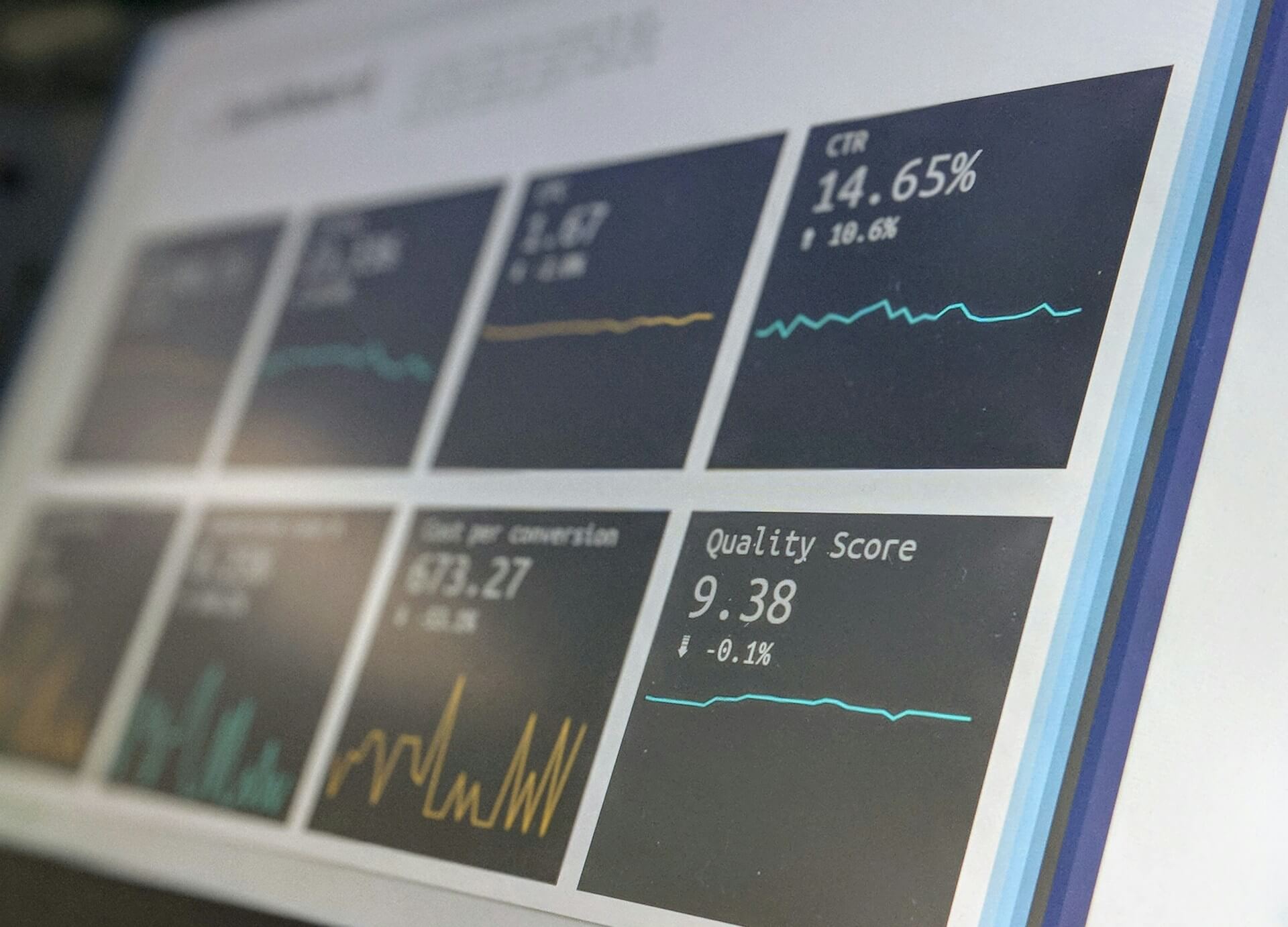
How to Create Stunning Project Status Reports in Confluence
Struggling to keep everyone updated on the project status? We’ll show you how to easily

We’ve all been there; the dreaded performance review, the awkward feedback session, or the unspoken tension after a project misstep. These experiences highlight a common challenge in many workplaces: the fear of feedback. But what if we could flip that script?
Think of a work environment where feedback is welcomed, not feared; it’s a catalyst for growth, not a threat. The ability to provide and receive constructive feedback is not just a soft skill—it’s a vital aspect of personal and professional development. This is the power of a feedback culture.
Companies that prioritize a feedback culture see increased employee engagement, higher levels of trust, and a stronger sense of inclusion among team members.
But what exactly is a feedback culture, and how can it be effectively implemented in the workplace? Let’s delve into it deeper.
A feedback culture is a dynamic workplace where the open, honest, and continuous exchange of ideas is not just tolerated but celebrated. It’s a space where everyone feels empowered to share their perspectives, knowing they’ll be heard, valued, and used to drive improvement.
In a thriving feedback culture:
Feedback is a two-way street: It’s about giving and receiving input from all levels of employees—from executives to team members.
Psychological safety prevails: People feel comfortable sharing their thoughts without fear of reprisal.
Growth is a shared goal: Feedback is seen as a tool for development, not criticism.
Continuous improvement is a mindset: Feedback is a catalyst for positive change.
Building a strong and agile feedback culture takes time and effort. It requires a deliberate focus on creating an environment where everyone feels comfortable sharing their thoughts and ideas, regardless of their role or position in the organization.
According to research, companies with a strong feedback culture experience higher levels of employee engagement and satisfaction. A Gallup study revealed that 80% of employees who receive regular feedback are nearly four times more likely to be engaged at work. This level of engagement directly correlates with productivity, innovation, and overall business success.
Feedback culture is not limited to formal performance reviews; it encompasses a variety of feedback mechanisms, including real-time feedback, peer reviews, 360-degree feedback, and one-on-one sessions. The goal is to make feedback an integral part of the work environment, helping improve employee experience, help them grow and develop continuously.

By embedding feedback into daily interactions, organizations create an environment where learning and improvement become second nature. But why is this so crucial?
Feedback is the lifeblood of personal and professional growth. When it comes to the importance of feedback in the workplace, consider it as the compass that guides employees towards their full potential.
Growth Catalyst: Feedback acts as a powerful catalyst for personal and professional development.
Morale Booster: Constructive feedback can significantly boost employee morale. Performance Enhancer: Regular feedback helps employees align their work with organizational goals, leading to increased productivity and better performance outcomes.
Collaboration Accelerator: A culture of open feedback fosters collaboration and innovation.
Constructive and strong feedback has many upsides for both employees and organizations:
Engagement: When employees feel they are heard and valued, they are more likely to be engaged and committed to their work.
Trust: Open and honest feedback builds trust among team members and between employees and leadership.
Inclusion: A feedback culture promotes inclusivity by ensuring that everyone’s voice is heard and valued.
Building a strong feedback culture doesn’t happen overnight; it requires intentional effort and the right strategies. To help you get started, here are some practical tips for creating a culture of feedback in your workplace.
Start by setting up clear and consistent processes for giving and receiving feedback. Define how, when, and where feedback should be shared, ensuring it becomes a regular part of your workflow.
Define Feedback Channels: Determine the most effective ways for employees to share their thoughts. This could include regular one-on-one meetings, team feedback sessions, suggestion boxes, pulse surveys, or dedicated feedback platforms. Consider integrating tools like Confluence with add-ons to streamline the process. Set Expectations: Clearly communicate the purpose of feedback, its importance, and how it will be used. Also, establish ground rules to ensure respectful and constructive communication. An internal communication plan can be a game changer!
Create Feedback Loops: Ensure that feedback is not a one-way street. Employees should receive constructive feedback on their performance and ideas, and their input should influence decision-making.

A growth mindset is crucial for a thriving feedback culture. It encourages employees to turn challenges into opportunities for learning and development.
Foster a Learning Culture: Create an environment where experimentation, mistakes, and failures are seen as valuable learning experiences. Foster continuous learning and development via training, mentorship, and coaching.
Recognize and Reward Growth: Acknowledge and celebrate employees’ efforts to improve their skills and knowledge. Implement recognition programs that highlight growth and development. For example, you can use some intranet solutions like Mantra, where posting options like praises are available.

Lead by Example: Demonstrate a growth mindset as a leader by openly seeking feedback, sharing your own development goals, and showcasing how you have learned from mistakes.
Utilizing multiple feedback channels ensures that a wide range of perspectives is captured and that employees have various avenues for sharing their thoughts.
Formal Feedback: Conduct regular performance reviews, employee engagement surveys, and exit interviews to gather structured feedback.
Informal Feedback: Encourage casual feedback through suggestion boxes, open-door policies, and informal conversations.
Peer-to-Peer Feedback: Promote a culture of peer-to-peer feedback through coaching, mentoring, and collaborative projects.
360-Degree Feedback: Gather feedback from multiple sources, including peers, supervisors, subordinates, and customers, to provide a comprehensive view of performance.
Equipping employees with the necessary skills to give and receive feedback effectively is essential for building a successful feedback culture.
Communication Skills: Provide training on active listening and empathy, to break down communication barriers, enhance feedback delivery and reception.
Constructive Feedback: Teach employees how to provide feedback that is specific, actionable, and focused on improvement.
Feedback Seeking: Encourage employees to proactively seek feedback to identify areas for growth and development.
Feedback Receiving: Help employees develop strategies for receiving feedback gracefully, asking clarifying questions, and using feedback to improve performance.
Integrating feedback into the everyday work environment makes it a natural part of the organizational culture.
Regular Check-ins: Schedule frequent one-on-one meetings and team check-ins to provide opportunities for regular feedback exchange.
Tie Feedback to Performance: Align feedback with performance goals and development plans to create a clear connection between feedback and employee growth.
Recognize and Reward: Acknowledge employees who provide valuable feedback and demonstrate a commitment to continuous improvement.
Create Feedback-Friendly Spaces: Designate physical or virtual spaces for informal feedback discussions to encourage open communication.
Here’s a Pro Tip: Consider a hybrid approach. Combine online and offline channels to cater to diverse preferences. Offer anonymous options alongside attributed feedback to encourage honest and open communication.

Here are some key methods to gather and provide feedback:
A comprehensive approach that collects feedback from multiple sources including peers, managers, subordinates, and even customers. This provides a holistic view of an employee’s performance, strengths, and areas for development. Google implements 360-degree feedback by taking in feedback from subordinates, peers, and managers.
Example: Implement a 360-degree feedback program during annual reviews to provide employees with a well-rounded evaluation that includes input from various team members.
Encouraging ongoing, immediate feedback fosters a culture of continuous improvement. This can be achieved through:
Regular check-ins: Frequent one-on-one meetings between managers and employees to discuss progress, challenges, and feedback.
Agile methodologies: Incorporating feedback loops within project iterations to ensure continuous adaptation.
Open-door policies: Creating an environment where employees feel comfortable approaching managers with feedback at any time.
Example: Use instant messaging platforms or quick check-ins after meetings to give real-time feedback on recent tasks or projects, helping employees adjust and improve on the fly.
Peer reviews involve colleagues providing feedback to each other. This method can foster a collaborative environment where employees feel supported by their peers. It also helps build stronger team dynamics as individuals learn from one another.
Example: Organize a quarterly “peer review week” where team members exchange feedback on each other’s work from the past quarter, fostering a culture of continuous improvement and mutual support.
Providing opportunities for anonymous feedback creates a safe space for employees to share honest opinions without fear of repercussions. This can be achieved through:
Suggestion boxes: Both physical and digital options can be used to collect anonymous feedback.
Confidential feedback forms: Creating specific forms for employees to provide anonymous input on various topics.
One-on-one sessions are dedicated meetings between a manager and an employee, focused on providing personalized feedback and discussing performance, goals, and career development. These sessions should be regular and focused on development goals, challenges, and career aspirations.
These were some really common and widely used giving and receiving feedback examples and methods that are promoted nowadays.
Example: Schedule regular one-on-one meetings, such as monthly check-ins, where managers can provide focused feedback and discuss the employee’s progress and future aspirations.
A strong feedback culture is not just nice to have; it’s a necessity for any organization that wants to thrive in today’s competitive environment. When companies encourage and value feedback, they get the full potential of their employees, enhance collaboration, and drive success.
With the right strategies in place, including the use of tools like Confluence and social intranets like Mantra, you can create a feedback-rich environment that supports growth, innovation, and continuous improvement.
On an end note, remember, feedback culture is an ongoing effort and adaptation to ensure that it remains effective and relevant. Make feedback a core part of your organizational culture to create a workplace where everyone has the opportunity to succeed.
Supercharge your Confluence

Struggling to keep everyone updated on the project status? We’ll show you how to easily

Tired of endlessly scrolling through Confluence to find what you need? We’ll show you how

The right intranet can make the difference if you thrive your simply survive. We’ll show

You are currently viewing a placeholder content from Wistia. To access the actual content, click the button below. Please note that doing so will share data with third-party providers.
More Information